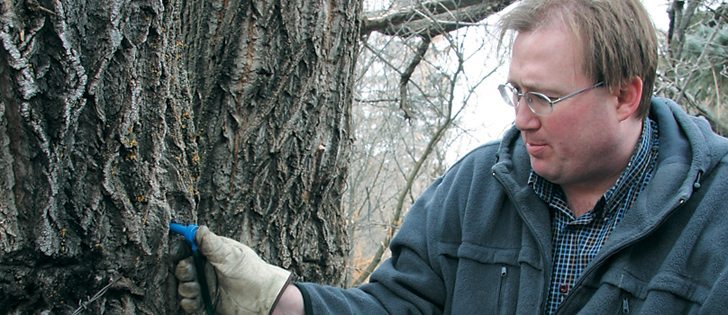Producers in Quebec and Ontario see yields dip but the cold gives syrup a velvety texture
DRESDEN, Ont. — There are two ways to differentiate the maple syrup industries in Quebec and Ontario: climate and the way producers in the two provinces have organized themselves.
Quebec enjoyed the best of both worlds this year: a good overall crop and the means to efficiently move it throughout Canada and the world.
“We don’t have the command and control over our members like they do in Quebec,” said Ray Bonenberg, president of the Ontario Maple Syrup Producers Association.
“And the government of Quebec over the past 40 to 50 years has invested more heavily in their industry. In Ontario, we have the potential to be the same size or even bigger with the number of maple trees we have.”
Read Also

Pakistan reopens its doors to Canadian canola
Pakistan reopens its doors to Canadian canola after a three-year hiatus.
Canada produces 83 percent of world production, worth about $500 million annually.
Sixty-five percent of Canadian production is sold in the United States, and Japan, Germany, France the United Kingdom are also significant destinations.
Quebec is the Canadian leader with 90 percent of domestic production. Ontario ranks second with a five percent share. New Brunswick and Nova Scotia combine for five percent.
The northeastern U.S. is also a significant player with 17 percent of global production.
Bonenberg produces maple syrup in eastern Ontario near Pembroke, but grew up on a Quebec dairy farm in the Châteauguay Valley, where maple syrup production was a tradition.
The Federation of Quebec Maple Syrup Producers represents more than 7,000 members, he said. Producers may sell at the farmgate, but most of the syrup is marketed co-operatively.
Ontario has 3,000 producers, of which 500 belong to the provincial producers’ association. Most sell their syrup directly to consumers, competing with Quebec syrup that tends to fill retail shelves, Bonenberg said.
The Ontario association has tried to take a more co-ordinated marketing direction, but it’s been difficult to get the province’s independent-minded producers to work together, Bonenberg said.
A Seal of Quality program was introduced several years ago, but it was abandoned because of the lack of third party certification.
There are plans to take another kick at that particular can, Bonenberg said.
Producers are also interested in differentiating the syrup regionally, similar to the concept of terroir used for wine.
The harvest in Quebec and Ontario got off to a slow start this year because of the unusually cold winter. Temperatures need to rise above freezing during the day and fall below freezing at night for maple sap to flow.
Federation president Serge Beaulieu said production in southwestern Quebec has often started in late February and early March for the past few years, but this year there was little sap flow until April.
Overall yields were described as good in Quebec, although they varied widely from region to region.
Bonenberg said the situation in Ontario was similar. The area along Lake Erie had a bumper harvest because of the lake’s moderating effect.
Yields were also strong on St. Joseph Island near Sault Ste. Marie.
“When you average it out, we didn’t have a bumper year but we did have a fairly good year,” he said.
The weather may have hurt quantity, but cold winter temperatures bring out the best in maple syrup, he said. Much of this year’s production had a more velvety taste than usual, he added.















